Reduce Recycle
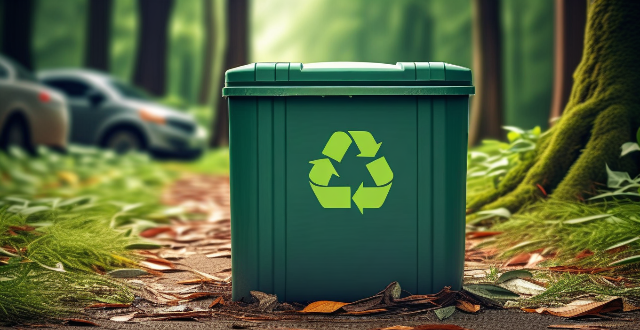
What happens to my iPhone after I recycle it ?
When you recycle your iPhone, it goes through a series of steps to ensure proper disposal and recycling of its components. You should first wipe your data and remove accessories before packaging and shipping it to a certified e-waste recycling facility. The facility will then disassemble the phone, sort its components, shred some parts, extract valuable metals, recycle remaining materials, and properly dispose of anything that cannot be recycled or reused. This process helps reduce electronic waste and promote sustainable practices by conserving resources and protecting the environment.

Why is it important to recycle electronic waste ?
Recycling electronic waste is crucial for environmental sustainability, public health, and economic benefits. It conserves natural resources, reduces landfill space, prevents toxicity, creates jobs, saves costs, promotes green technology, reduces exposure to toxic substances, protects biodiversity, extends product lifespan, and raises awareness. Understanding the importance of e-waste recycling can lead to informed decisions that contribute to a circular economy and a healthier planet.

What are some innovative ways to recycle electronic waste ?
Innovative Ways to Recycle Electronic Waste Electronic waste, or e-waste, is a significant environmental concern that can be addressed through various innovative recycling methods. These include repurposing old devices, upcycling components, recycling plastics, energy recovery, designing for disassembly, regulation and education, and research and development. By adopting these strategies, we can reduce the amount of e-waste in landfills and lessen its environmental impact.

Where can I recycle my old iPhone ?
Recycling your old iPhone is environmentally responsible and ensures personal data security. Options include Apple Renew, third-party retailers like Best Buy and Walmart, online platforms such as Decluttr and Gazelle, and local recycling centers like EcoATM and drop-off centers. Always wipe your iPhone clean of personal data before recycling.
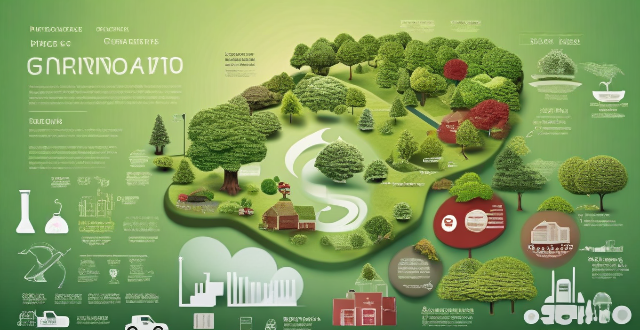
What is the impact of waste reduction on global climate change ?
This text discusses the importance of waste reduction in mitigating global climate change, highlighting how it can reduce greenhouse gas emissions, conserve natural resources, and protect ecosystems and biodiversity. It suggests ways to reduce waste such as reducing consumption, reusing items, recycling materials, composting organic waste, and supporting sustainable practices.

What are the most effective strategies for waste reduction in households ?
Effective Strategies for Waste Reduction in Households 1. Reduce: Buy only what you need, choose products with less packaging, and use reusable items. 2. Reuse: Donate or sell unwanted items and repurpose old items for new uses. 3. Recycle: Separate recyclable materials, know what can be recycled locally, and compost organic waste. 4. Avoid Single-Use Plastics: Bring your own reusable bags and use refillable containers. 5. Educate Yourself and Others: Learn about waste reduction and share tips with friends and family.
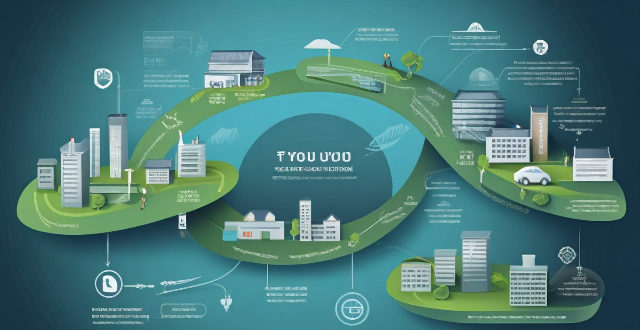
What happens to my data after I recycle my electronic devices ?
When you recycle your electronic devices, several stepsWhen you recycle your electronic devices, several steps data is securely erased several steps are taken to ensure your data is securely erased and the device is properly disposed of. This includes data erasure, disassembly, recycling, reuse and donation, and final disposal. Recycling helps protect your personal data and reduces environmental impact by conserving resources and reducing waste.

What are some eco-friendly options for sports equipment ?
Eco-friendly options for sports equipment include using recycled materials, sustainable resources like bamboo and organic cotton, reusable water bottles, energy-efficient gym gear, secondhand items, and repairing damaged equipment.

How can individuals reduce their carbon footprint in their daily life ?
Individuals can reduce their carbon footprint by adopting eco-friendly habits in transportation, home energy use, consumption habits, dietary choices, and advocacy. They can opt for public transit, carpooling, cycling, walking, or electric vehicles; use energy-efficient appliances, LED bulbs, and adjust thermostat settings; reduce, reuse, recycle items, support eco-friendly brands, buy local produce, and conserve water; incorporate plant-based meals, reduce food waste, and compost scraps; educate others and support green initiatives.

How can we promote responsible tourism and reduce our carbon footprint while traveling ?
Responsible tourism is a concept that encourages travelers to be aware of the environmental, social, and economic impacts of their actions while on vacation. It's about making conscious choices that minimize negative effects and maximize positive ones. Here are some ways to promote responsible tourism and reduce your carbon footprint: - Choose eco-friendly accommodations like green hotels or community-based tourism initiatives. - Use public transportation, walk or bike around your destination. - Minimize water usage and cut down on plastic waste. - Recycle and properly dispose of waste. - Support local communities by buying local products and respecting local culture and customs. - Consider offsetting your flight emissions through carbon offset schemes or supporting environmental projects. - Educate yourself and others about sustainable travel practices. By incorporating these practices into your travels, you can significantly reduce your carbon footprint and contribute to a more sustainable form of tourism.

Can using a carbon footprint calculator help reduce my environmental impact ?
Using a carbon footprint calculator can help individuals reduce their environmental impact by raising awareness, identifying areas for improvement, setting goals, tracking progress, and encouraging sustainable habits.

How can we reduce our carbon footprint to mitigate climate change ?
The text discusses ways to reduce carbon footprints to mitigate climate change. It suggests switching to public transportation or carpooling, using renewable energy sources, eating less meat and dairy, reducing waste through reuse and recycling, conserving water, and supporting policies and initiatives.

Can circular economy policies help reduce waste and pollution ?
Circular economy policies can significantly reduce waste and pollution by promoting reuse, recycling, and cleaner production methods. These policies incentivize businesses to design products that are easier to maintain and recycle, support sustainable business models like leasing and Product as a Service (PaaS), and encourage consumers to make environmentally friendly choices. Through such measures, the need for new raw materials decreases, energy consumption is reduced, and waste is diverted from landfills, all of which contribute to lower emissions and a cleaner environment.

What are the most effective ways to reduce carbon emissions ?
The given text discusses various effective ways to reduce carbon emissions, which are crucial for mitigating the impacts of climate change. The suggested methods include switching to renewable energy sources such as solar power, wind energy, and hydroelectric power; improving energy efficiency through insulating homes and buildings, upgrading appliances, and using LED light bulbs; reducing transportation emissions by carpooling, using public transportation, electric vehicles, biking, and walking; changing consumption habits like adopting a plant-based diet, reducing meat consumption, and buying local and organic products; tree planting and forest conservation; and waste management and recycling practices. By implementing these strategies, individuals and communities can contribute to reducing carbon emissions and mitigating the effects of climate change.

How can we reduce our carbon footprint ?
Reducing our carbon footprint is crucial for mitigating the impacts of climate change. Here are some ways we can do so: 1. Use Renewable Energy Sources 2. Conserve Energy at Home 3. Reduce Water Consumption 4. Change Transportation Habits 5. Adopt Sustainable Practices 6. Make Eco-Friendly Choices 7. Educate and Advocate

How can I properly dispose of my old electronics ?
The text provides a comprehensive guide on the proper disposal of old electronics, emphasizing the environmental impact and potential hazards associated with e-waste. It outlines steps to identify, evaluate, donate, resale, or recycle electronic devices through city programs, manufacturer trade-in schemes, specialized recyclers, and DIY disassembly. The guide also stresses the importance of safety precautions during handling and concludes by highlighting the responsibility in managing e-waste responsibly for environmental and personal safety reasons.
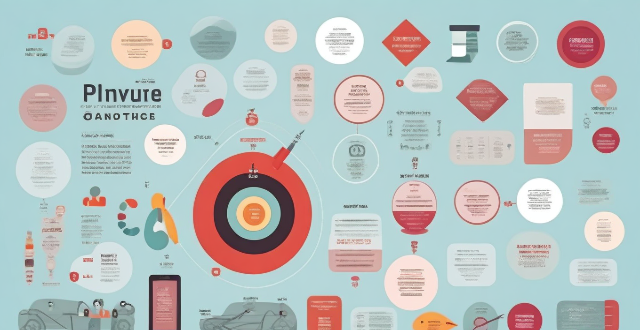
Can regular physical activity reduce anxiety levels ?
Regular physical activity can help reduce anxiety levels by improving mood, reducing stress hormones, promoting better sleep, increasing self-esteem and confidence, and providing social support. Engaging in at least 30 minutes of moderate-intensity exercise per day can significantly reduce anxiety symptoms.

How can individuals help reduce greenhouse gas emissions in their daily lives ?
Reducing greenhouse gas emissions is crucial for the health of our planet. While governments and corporations have a significant role, individuals can also make a difference through small changes in their daily lives. Some practical ways to contribute include using public transportation, carpooling, or biking; driving an efficient vehicle; reducing energy use at home; using renewable energy sources; reducing meat consumption; supporting local farmers; and practicing proper waste management and composting. By adopting these practices, each individual can contribute to a healthier environment and help mitigate the effects of climate change.

How can we reduce the impact of climate change on the environment ?
To mitigate the effects of climate change, it is crucial that individuals, communities, and governments take action to reduce the impact of climate change on the environment. Some strategies for doing so include reducing greenhouse gas emissions by switching to renewable energy sources and improving energy efficiency, protecting and restoring ecosystems such as forests, wetlands, and grasslands, promoting sustainable land use practices in agriculture and urban planning, encouraging circular economy practices like reducing, reusing, and recycling materials, and supporting clean transportation options like public transit and electric vehicles. These efforts can lead to significant reductions in greenhouse gas emissions and make a positive difference for future generations.

Can certain foods help reduce inflammation in athletes
Certain foods can help reduce inflammation in athletes. These include anti-inflammatory spices, fruits and vegetables, whole grains, healthy fats, and protein. It's also important to avoid processed foods, sugary drinks, and red meat. By eating a balanced diet full of healthy foods, athletes can reduce inflammation and improve their performance.

How can we reduce our carbon footprint to minimize our contribution to climate debt ?
To minimize our contribution to climate debt, we canTo minimize our contribution to climate debt, we can several actions: using renewable energy we can reduce our carbon footprint through several actions: using renewable energy sources like solar and wind power; reducing energy consumption by unplugging unused appliances and optimizing home insulation; practicing sustainable transportation such as carpooling, using public transit, cycling, or walking; reducing waste and recycling by composting organic waste and reusing items; and supporting sustainable practices including buying local produce and choosing eco-friendly products. These conscious choices help us significantly lower our environmental impact and move towards a more sustainable future.
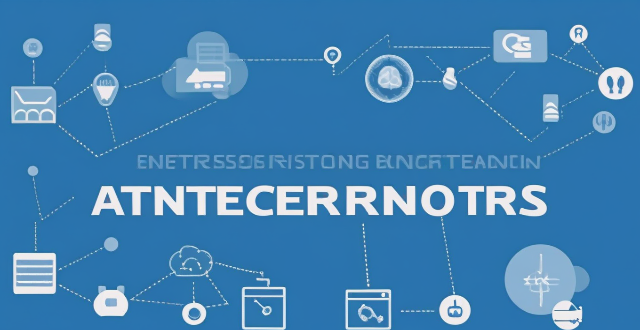
Can upgrading my internet package reduce network latency ?
The text discusses the topic of network latency and whether upgrading an internet package can reduce it. It outlines various factors affecting network latency, including ISP infrastructure, type of connection, location, and network devices. The text then explores different upgrade scenarios, such as moving from DSL to fiber optic or increasing bandwidth, and their potential impact on reducing latency. It concludes that while upgrading can potentially reduce latency, the specifics of each situation should be considered before deciding to upgrade.

Can Climate-Smart Technologies help reduce global warming ?
Climate-smart technologies, designed to mitigate and adapt to climate change impacts, aim to reduce greenhouse gas emissions, enhance carbon sequestration, and improve resource efficiency. These technologies can help reduce global warming through energy efficiency, renewable energy, and carbon capture and storage. They also aid in adaptation through water management, agricultural innovation, and early warning systems. Co-benefits include resource conservation, economic growth, and health improvements. However, scaling up these technologies, policy support, and equity are challenges that need to be addressed for their successful implementation.

How do clean production technologies help reduce waste and pollution ?
Clean production technologies are vital in reducing waste and pollution. They achieve this through energy efficiency, resource efficiency, improved waste management, pollution control, and a holistic approach to sustainability via life cycle assessment. By implementing these technologies, industries can operate in a more sustainable manner, minimizing their environmental impact.

Can new battery technologies help to reduce electronic waste ?
New battery technologies can help reduce electronic waste by improving durability, using eco-friendly materials, and promoting recycling and repurposing efforts.

Can music help reduce perceived exertion during exercise ?
Music can help reduce perceived exertion during exercise by positively influencing mood and cognition, and acting as a distraction from bodily symptoms associated with fatigue. Numerous studies have shown the benefits of music on perceived effort levels during workouts, but individual preferences and contextual factors play significant roles. To potentially benefit from reduced perceived exertion, it's important to select music that resonates personally and matches the intensity of your workout.

How can sports organizations reduce their carbon footprint ?
Sports organizations can reduce their carbon footprint by adopting sustainable practices and promoting environmental awareness through strategies such as energy efficiency, waste management, sustainable transportation, water conservation, responsible food and beverage choices, education and awareness initiatives, and organizing green events. By implementing these measures, they can set an example for other industries to pursue a more sustainable future.

Can exercise reduce the risk of developing cardiovascular diseases ?
Cardiovascular diseases (CVDs) are a leading cause of death worldwide, and regular physical activity or exercise is one of the most effective ways to reduce the risk of developing them. Exercise helps improve blood circulation, lower cholesterol levels, reduce inflammation, manage weight, and improve glucose control. The American Heart Association recommends at least 150 minutes per week of moderate-intensity aerobic activity or 75 minutes per week of vigorous-intensity aerobic activity, along with muscle-strengthening activities at least two days per week.

How can insurers help promote sustainability and reduce carbon emissions ?
Insurance companies can promote sustainability and reduce carbon emissions by offering sustainable insurance products, encouraging sustainable practices among clients, investing in sustainable projects, and reducing their own carbon footprint.

What are some easy ways to reduce sugar intake in my diet ?
Reducing sugar intake is crucial for a healthy lifestyle. Here are ways to reduce sugar in your diet: read food labels, avoid sugary drinks, choose whole foods, cook at home, swap sweet treats for healthier options, limit added sugars in beverages, and gradually reduce sugar intake. By following these steps, you can significantly lower your sugar consumption and improve your overall health.